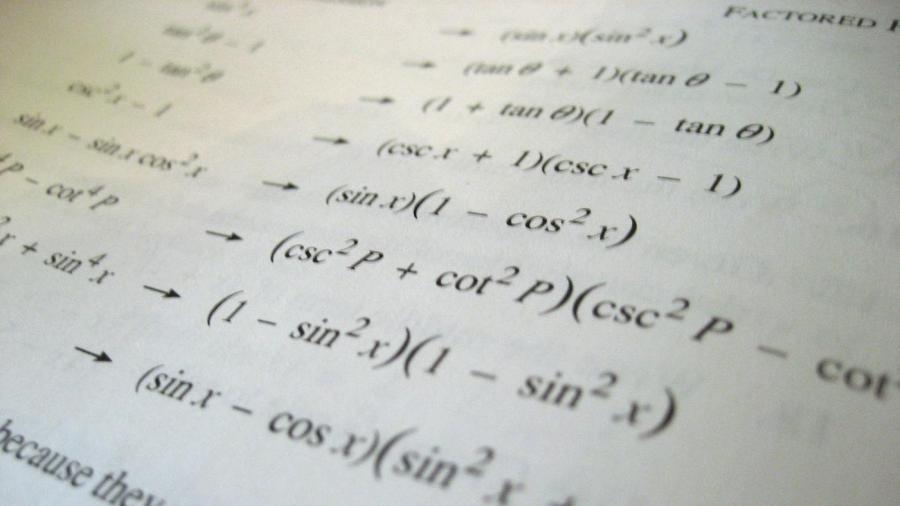How Do Police Use Math?

Police use math in many situations, including reconstructing accidents, when investigating crime scenes, to determine whether drivers are legally intoxicated and to assign the appropriate fees for speeding tickets. Math plays an important role in daily police activities as well as special occasions. It helps police determine who receives fault in cases of accidents, particularly in the absence of witnesses at the scene.
Math plays an important role in reconstructing accidents of all kinds, particularly car accidents. Police use math to recreate collisions as well as hit-and-run accidents. For collisions, police must know how fast vehicles traveled prior to crashing. Usually, cars involved in collision accidents create skid marks prior to crashing. Police measure the length of skid marks left at the scene, then put that number into a special formula used to reconstruct collision accidents. Police use slightly different formulas to reconstruct crashes where cars leave circular skid marks instead of straight lines.
Patrol officers also use math daily for sobriety checks. Officers may use breathalyzers to digitally determine the amount of alcohol in a person’s blood. However, they also determine that number manually by comparing the numbers of blood alcohol and breath alcohol. Speeding tickets vary in price depending on specific criteria, such as speed limit in an area and the extent to which drivers exceed the limit. Officers use math to calculate those numbers, which in turn allow them to write tickets.





